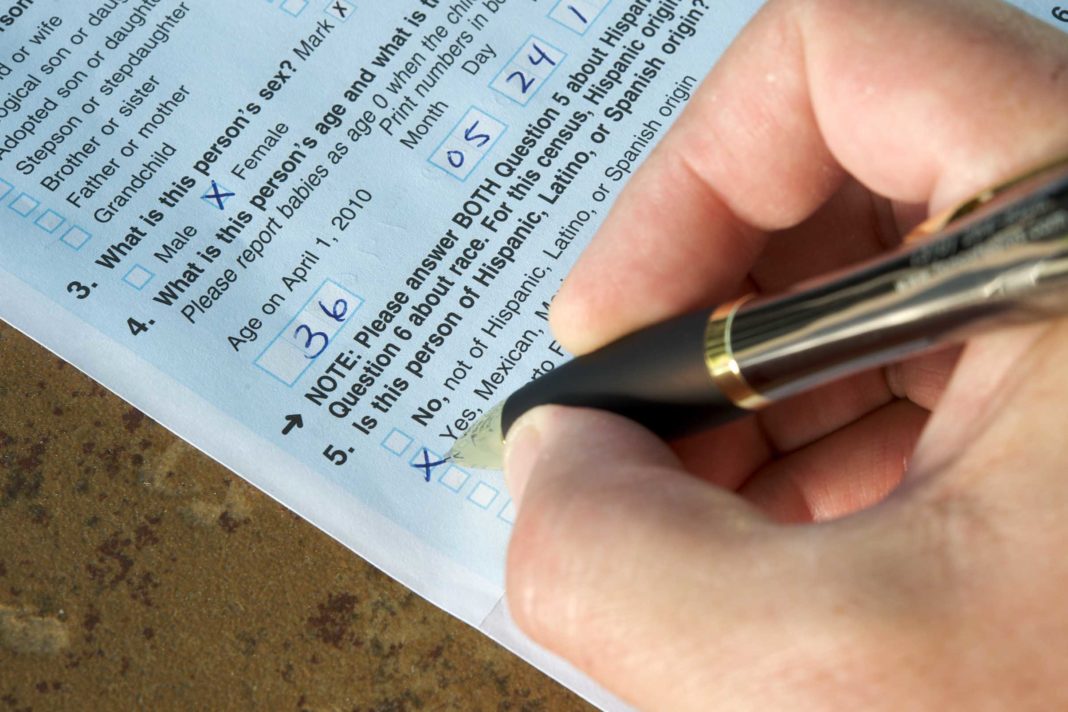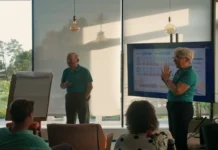By Deirdre Cullen, Senior Statistician, Central Statistics Office
On Sunday, 24 April, every person in Ireland will make their mark by completing, or being included on, a census form. By participating in the census, we are helping to shape our understanding about life in Ireland in 2016 and show how Ireland has changed since the last census was taken in 2011.
The census is a fundamental part of our national heritage and collective knowledge. The 2016 census will take place exactly one hundred years to the day since the Easter Rising began and the results will be of great interest to the historians of the future as they look back and reflect on life in Ireland in 2016.
Between now and 24 April, census enumerators will hand deliver census forms to every dwelling nationwide. Each household will be asked to fill out their census form on Sunday, 24 April. This is known as census night and everyone who is in Ireland on that night must be included on a census form.
Between 25 April and 20 May, your enumerator will call back to collect your forms. The forms are then sent to the CSO warehouse where the information on them is captured and analysed.
The census provides vital information on a wide range of topics and issues and is used by every government department and local authority in the country, along with a wide range of both public and private service providers. Census data feeds into the planning stages of most aspects of Irish life, for example, new primary schools or nursing homes, trains and tram lines, childcare facilities or shopping centres.
CORK
The last census taken in 2011 showed that the population of Cork was 519,032 (257,470 males and 261,562 females), an increase of 7.8% over the 2006 population. The population of Cork is mainly urban with 62.4% of people living in Cork city and other urban areas of the county. The population of Cork city fell by 0.2% over the five years.
Cork recorded 33,329 vacant dwellings, representing 14.6% of all housing in the county, and 7,342 holiday homes in 2006. There were 42,854 more females than males in the State in April 2011 resulting in an overall sex ratio of 98.1 males for every 100 females. This trend is also evident in Cork where there were 98.4 males per 100 females. Finally, 0.3% of school children cycled to school compared to the national figure of 1.3%
LIMERICK
The last census showed that the population of Limerick increased by 4.2% over the 2006 population while the population of Limerick city fell by 4.5% to 57,106.
The population of Limerick is evenly split between urban and rural areas with 53.9% of people living in Limerick city and other urban areas of the county. 12.3% all dwellings in the county were vacant.
There was a 4% reduction in the number of people aged 13-18 recorded in Limerick. This is compared to a country-wide increase of 0.8%. There was a 9.9% increase in the number of students aged 15 or over between 2006 and 2011, compared to a national increase of 16.9%. 2.5% of commuters travelled to work by public transport, compared to a national average of 8.9%.
TIPPERARY
Tipperary’s population increased by 6.4% over the 2006 population. Clonmel had the highest density population within the county, with 17,908 people living in the town while the fastest growing town in South Tipperary was Cashel, which saw a 38% increase in its population.
WATERFORD
Waterford’s population increased by 5.4% with Tramore having the highest density population within the county (10,328 people living in the town). The fastest growing town at the time was Portlaw which experienced 13.4% population growth between 2006 and 2011.
78% of commuters travelled to work by car, while 10.63% walked, 1.8% used public transport and 1.4% cycled.
This level of information is very important in helping State agencies to plan appropriately to meet the needs of the people of Waterford and it shows why it is matters that everyone completes their census form.
The first results from Census 2016 will be published this July. It will take a further nine months to scan and capture the full set of data off the 2 million census forms. The detailed results will be published in March 2017. Your census enumerator can also answer any questions you may have.
For further information on your area, please visit http://census.cso.ie/sapmap/










